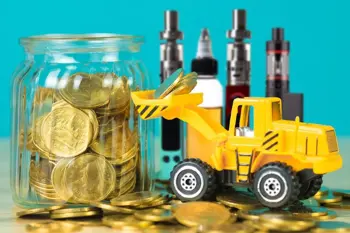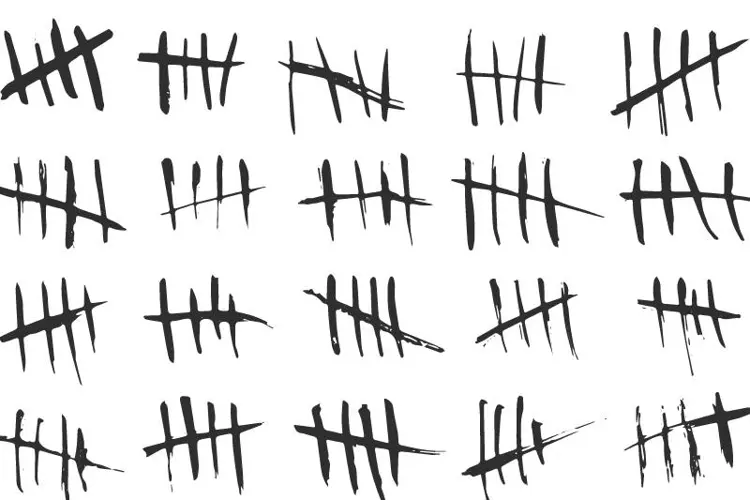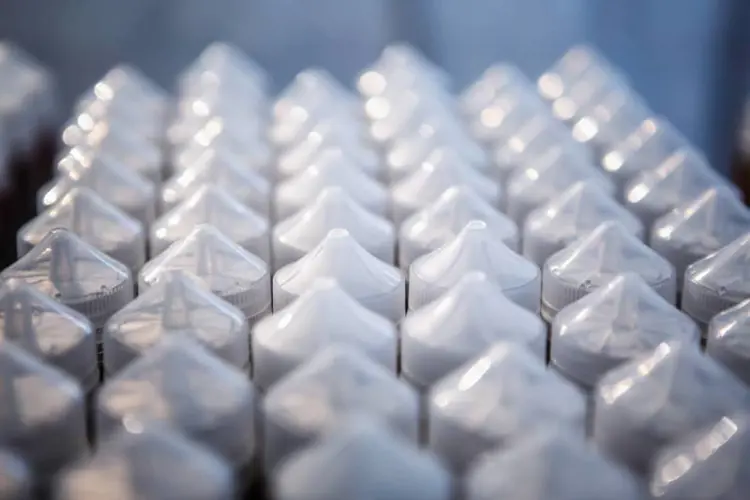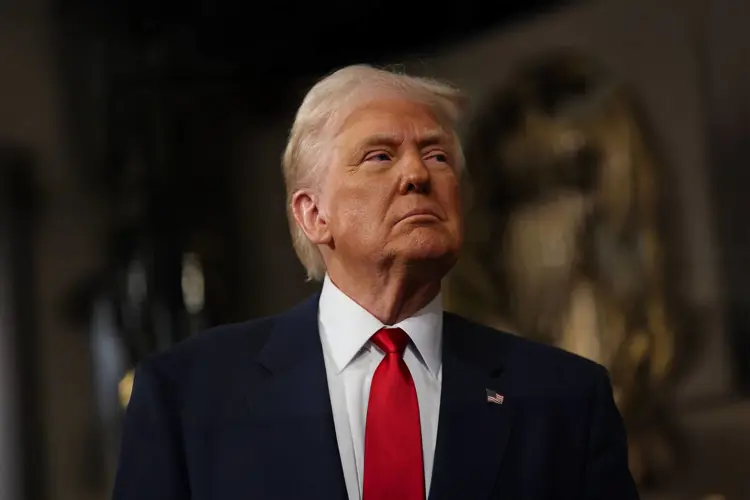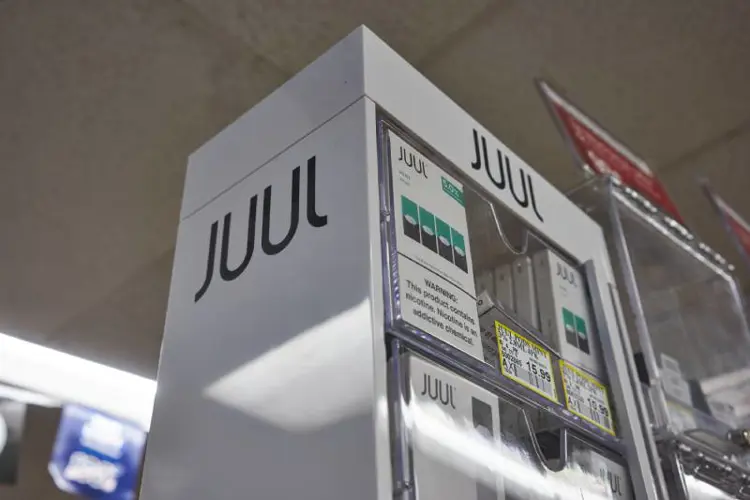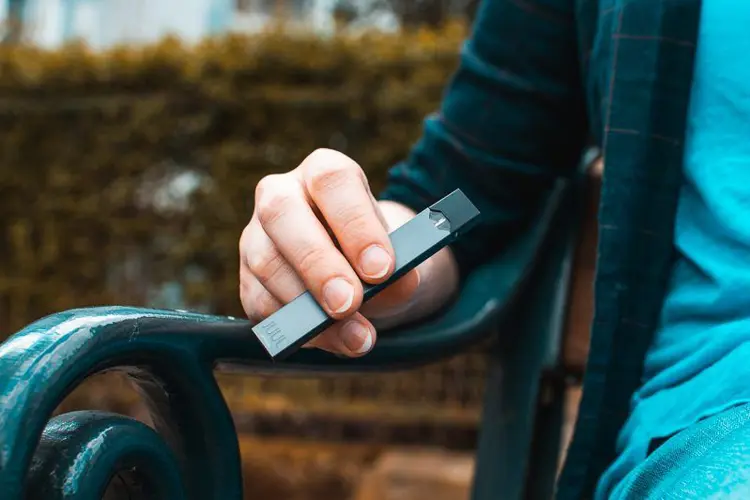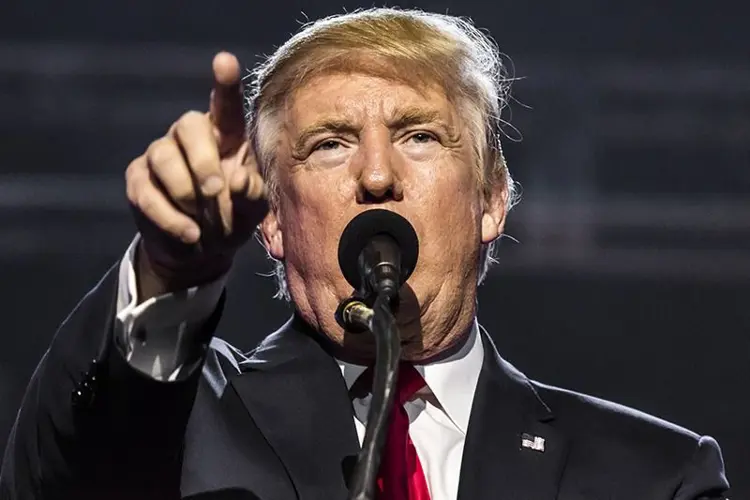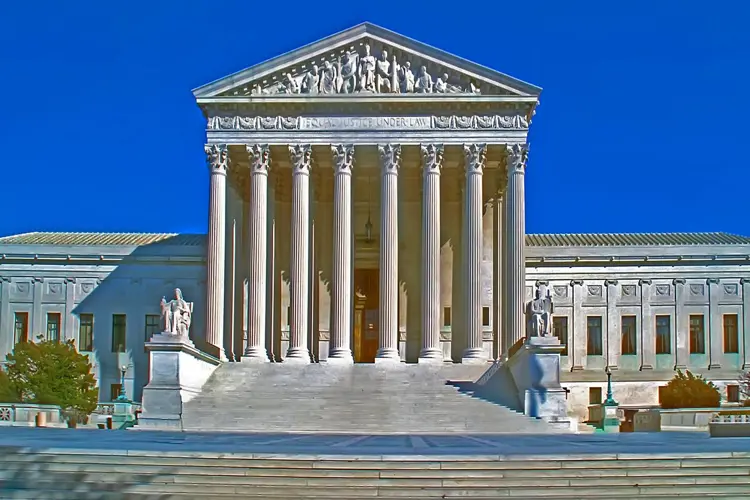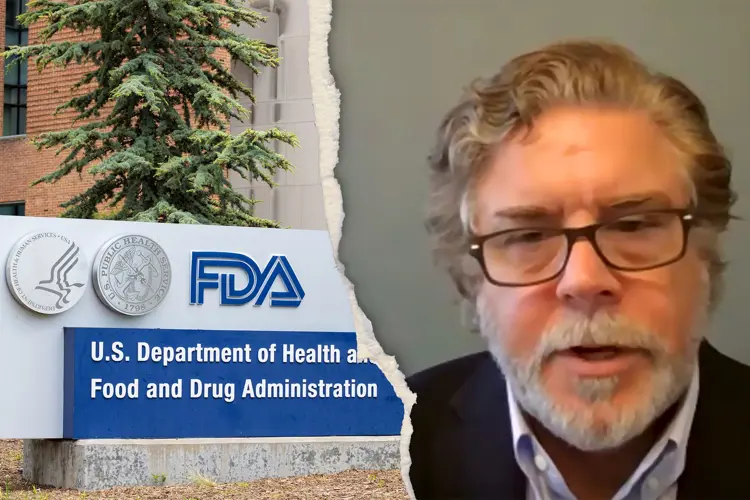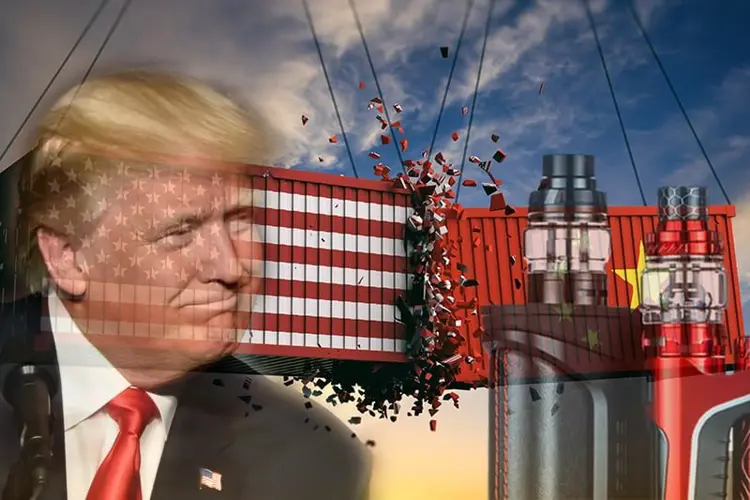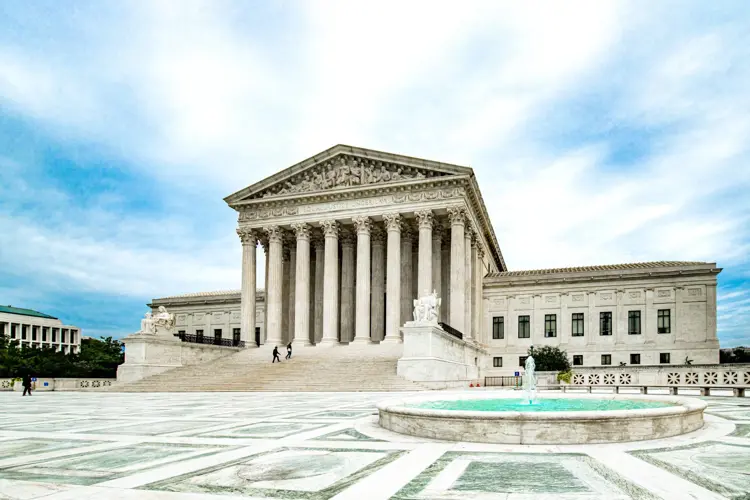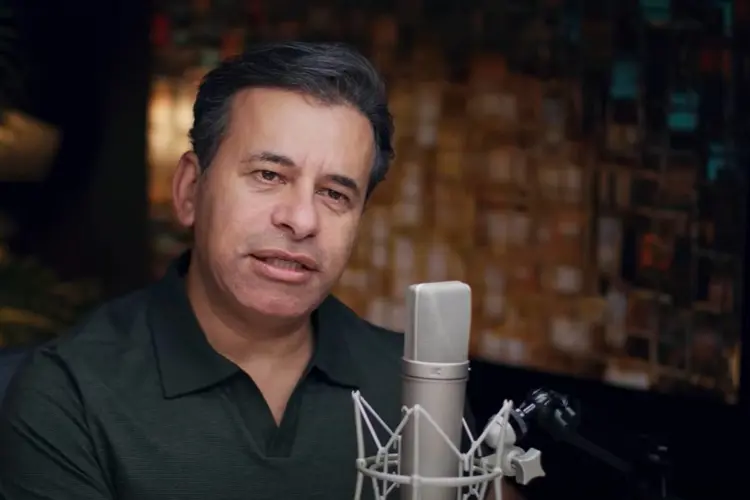Two years after Congress passed the 2018 Farm Bill, which legalized hemp production in the United States, the U.S. Department of Agriculture (USDA) has published its final Hemp Rule. The new rule spells out the regulations of hemp production and processing for farmers and producers of hemp-derived products, including CBD and other cannabinoids extracted from the plant.
The final Hemp Rule—actually titled “Establishment of a Domestic Hemp Production Program”—was created by the Agricultural Marketing Service, an agency within the USDA. It comes more than a year after publication of the agency’s interim final rule and multiple public comment periods.
The rule was published in the Federal Register on Jan. 19, a day before the inauguration of President Biden, and is scheduled to take effect on March 22. However, the Biden administration will review the rule before it takes effect.
It’s possible that hemp and cannabis supporters could still persuade the new administration to make changes to the regulations. Tom Vilsack, Biden’s nominee for agriculture secretary, was an advocate for hemp production when he served in the same position for President Obama, and conversations between Biden staff and hemp industry representatives are already happening.
The final rule details record-keeping and compliance procedures, licensing requirements, and regulations for testing and disposal, among other things. Much of it is very technical, but some of its components impose restrictions for the hemp and CBD industries that could affect CBD consumers by driving prices up and reducing availability.
Below are some of the major parts of the rule and what they could mean for consumers and industry.
The 0.3% THC limit
USDA opted to leave the limit for delta-9 THC Or Δ9THC) at 0.3%, despite comments from industry urging an increase to 1.0%. Hemp is defined as a Cannabis sativa plant that contains 0.3% delta-9 THC or less. A plant that contains a higher delta-9 THC concentration is defined as marijuana, which is a federally illegal drug, subject to enforcement by the Drug Enforcement Administration (DEA).
There are several problems with the lower limit, but the primary one for farmers is a lack of seed lines proven to deliver consistently low THC yields. Farmers may invest in the seeds, fertilizer and labor to grow a crop, only to be forced to destroy it if it crosses the 0.3% threshold.
The agency also requires that samples from pre-harvest plants come from flowered portions of the hemp, which contain more THC and THCA than the woody stems and stalks. That also increases the likelihood of exceeding the THC limit.
The USDA, however, did increase the “standard of negligence” from 0.5% to 1.0%, which means crops that test above the 0.3% limit but under 1.0% are not considered a “negligent violation.” More than one negligent violation in a year can lead to penalties for the farmer. The USDA also relaxed the disposal methods mandated for crops that exceed the THC limit.
The fact that crops can be declared non-compliant and then forcibly destroyed inflates the cost of hemp-derived products like CBD, since farmers will avoid hemp altogether without a big financial incentive to take the risk of losing tens or even hundreds of thousands of dollars. Remember, when a farmer is forced to destroy a hemp crop, he not only loses the investment in seeds, fertilizer and time, but also the money he would have made growing a safer crop like corn or soy.
The “total THC” testing requirement
The definition of hemp in the Farm Bill is based on delta-9 THC content. But the testing guidelines published with the Hemp Rule expand that to include delta-9 tetrahydrocannabinolic acid (THCA), a precursor to delta-9 THC. In fact, the rule requires the plant to be decarboxylated (heated to activate the THC) before testing, and the resulting THC and THCA to be combined in the final testing measurement.
The requirement that THCA (which turns into THC when heated or oxidized) be combined with THC in the total makes it much more likely that crops will test above the 0.3% limit and have to be discarded. Some cannabis law experts think the “total THC” testing requirement ignores the plain language of the Farm Bill, and might not stand up to a legal challenge.
DEA lab certification and the MORE Act
The USDA kept the interim rule's mandate that plants be tested in DEA-certified laboratories, but put off enforcement of the requirement until Dec. 31, 2022. That provides time for more labs to get DEA-certified. Hemp advocates say that small regional labs that have taken the time to learn the hemp industry will be shut out of the growing market if they are unable to obtain DEA certification.
Cannabis activists also pointed out that the Farm Bill did not require DEA oversight of hemp at all, and many fear that reporting from DEA-certified labs to the enforcement agency will lead to unwelcome actions by the drug police. However, the USDA says that the Controlled Substances Act requires any lab that “might potentially handle a controlled substance” be DEA-certified. Since any hemp crop might test above the legal limit for delta-9 THC, that potential always exists.
This problem could be solved if Congress is able to pass the Marijuana Opportunity Reinvestment and Expungement (MORE) Act, which would remove cannabis from the Controlled Substances Act, and eliminate DEA oversight of both hemp and marijuana. The act passed the Democratic-controlled U.S. House last year, but despite Democrats gaining a one-vote majority in the Senate, 2021 passage of the MORE Act (or similar legislation) is still far from certain.
No help for Delta 8 THC producers
The USDA’s position on delta-8 THC (or Δ8THC) is that the Farm Bill mandates only a delta-9 THC limit and doesn’t regulate delta-8 at all, so delta-8 is not part of the agency’s hemp mandate. Since the amount of delta-8 THC found naturally in hemp is almost 1,000 times lower than the amount of delta-9, the agency saw no reason to address it at all, including as part of its “total THC” testing requirement.
That leaves delta-8 producers exactly where they started. Since commercial delta-8 THC is produced by altering CBD—which the DEA may consider "synthesis" of the molecule—and the DEA claims that all synthetically produced cannabinoids fall under DEA jurisdiction, delta-8 processors and sellers remain subject to possible DEA enforcement.
Again, the best solution would be the "descheduling" of all cannabis by passing the MORE Act, which would remove DEA from the equation entirely. Until that happens, manufacturers of delta 8 THC carts and other synthetically produced cannabis products face potential DEA action.
The Freemax REXA PRO and REXA SMART are highly advanced pod vapes, offering seemingly endless features, beautiful touchscreens, and new DUOMAX pods.
The OXVA XLIM Pro 2 DNA is powered by a custom-made Evolv DNA chipset, offering a Replay function and dry hit protection. Read our review to find out more.
The SKE Bar is a 2 mL replaceable pod vape with a 500 mAh battery, a 1.2-ohm mesh coil, and 35 flavors to choose from in 2% nicotine.
Because of declining cigarette sales, state governments in the U.S. and countries around the world are looking to vapor products as a new source of tax revenue.
The legal age to buy e-cigarettes and other vaping products varies around the world. The United States recently changed the legal minimum sales age to 21.
A list of vaping product flavor bans and online sales bans in the United States, and sales and possession bans in other countries.




